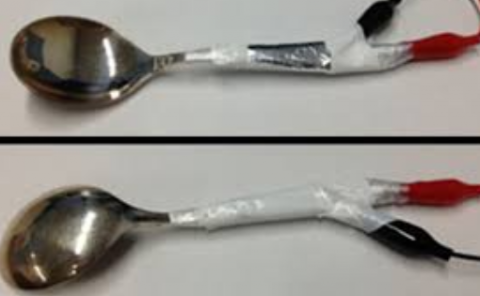High Resolution Étendue Expansion for Holographic Displays
PubDate: July, 2020
Teams: Facebook Reality Labs, University of California
Writers: Grace Kuo, Laura Waller, Ren Ng, Andrew Maimone
PDF: High Resolution Étendue Expansion for Holographic Displays

Abstract
Holographic displays can create high quality 3D images while maintaining a small form factor suitable for head-mounted virtual and augmented reality systems. However, holographic displays have limited étendue based on the number of pixels in their spatial light modulators, creating a tradeoff between the eyebox size and the field-of-view. Scattering-based étendue expansion, in which coherent light is focused into an image after being scattered by a static mask, is a promising avenue to break this tradeoff. However, to date, this approach has been limited to very sparse content consisting of, for example, only tens of spots.
In this work, we introduce new algorithms to scattering-based étendue expansion that support dense, photorealistic imagery at the native resolution of the spatial light modulator, offering up to a 20 dB improvement in peak signal to noise ratio over baseline methods. We propose spatial and frequency constraints to optimize performance for human perception, and performance is characterized both through simulation and a preliminary benchtop prototype. We further demonstrate the ability to generate content at multiple depths, and we provide a path for the miniaturization of our benchtop prototype into a sunglasses-like form factor.


